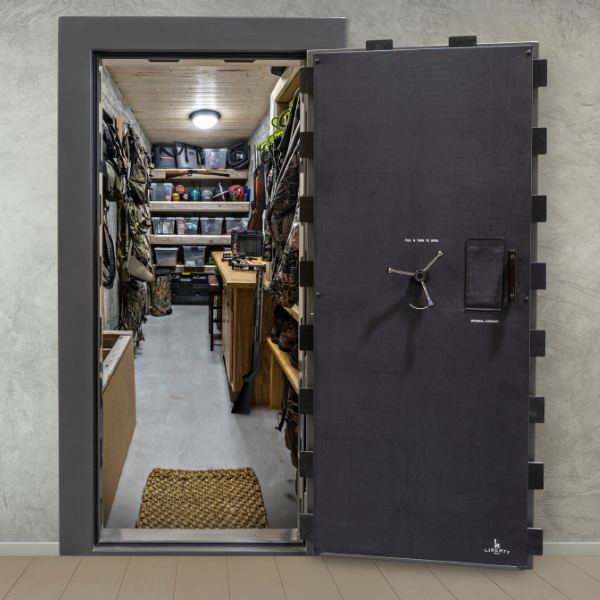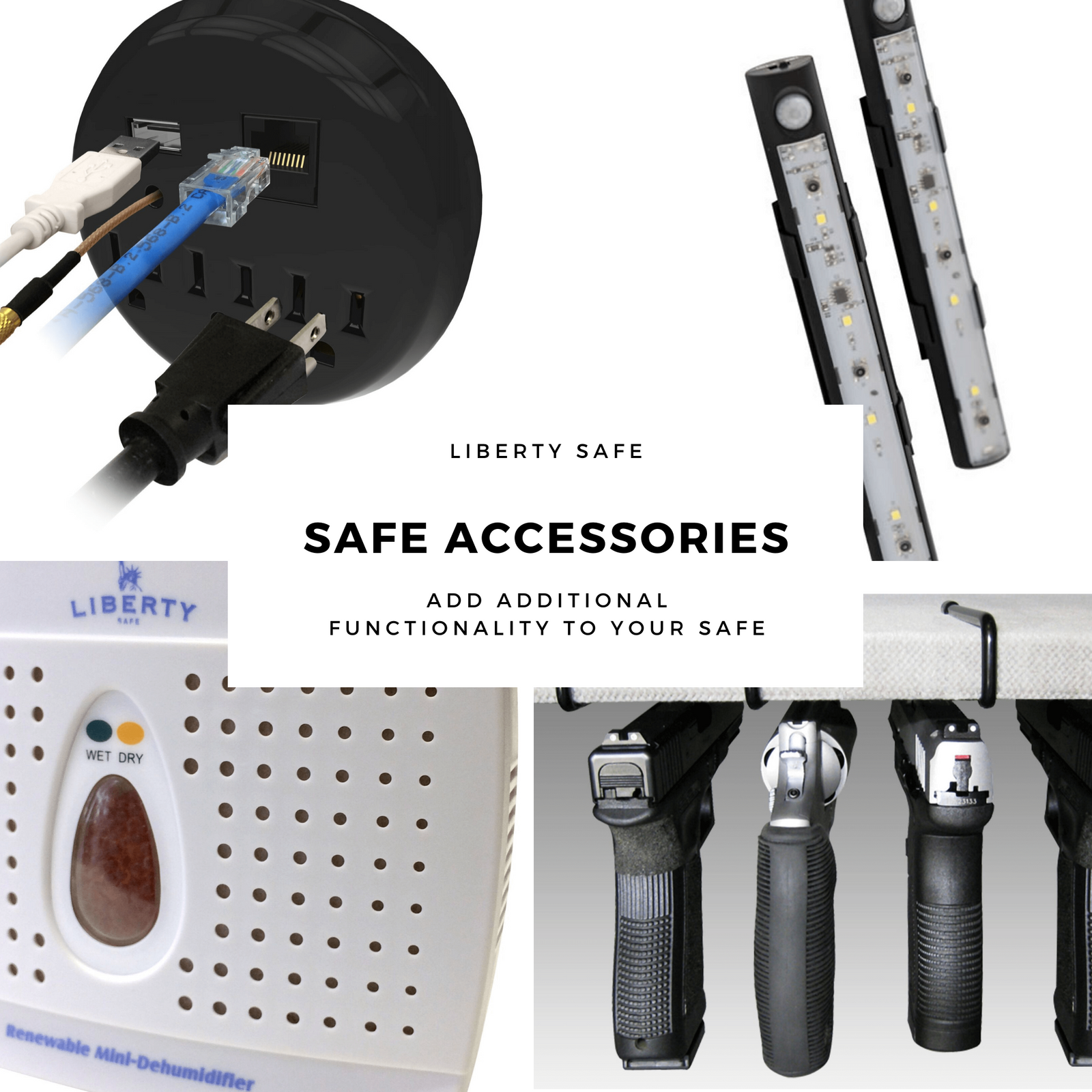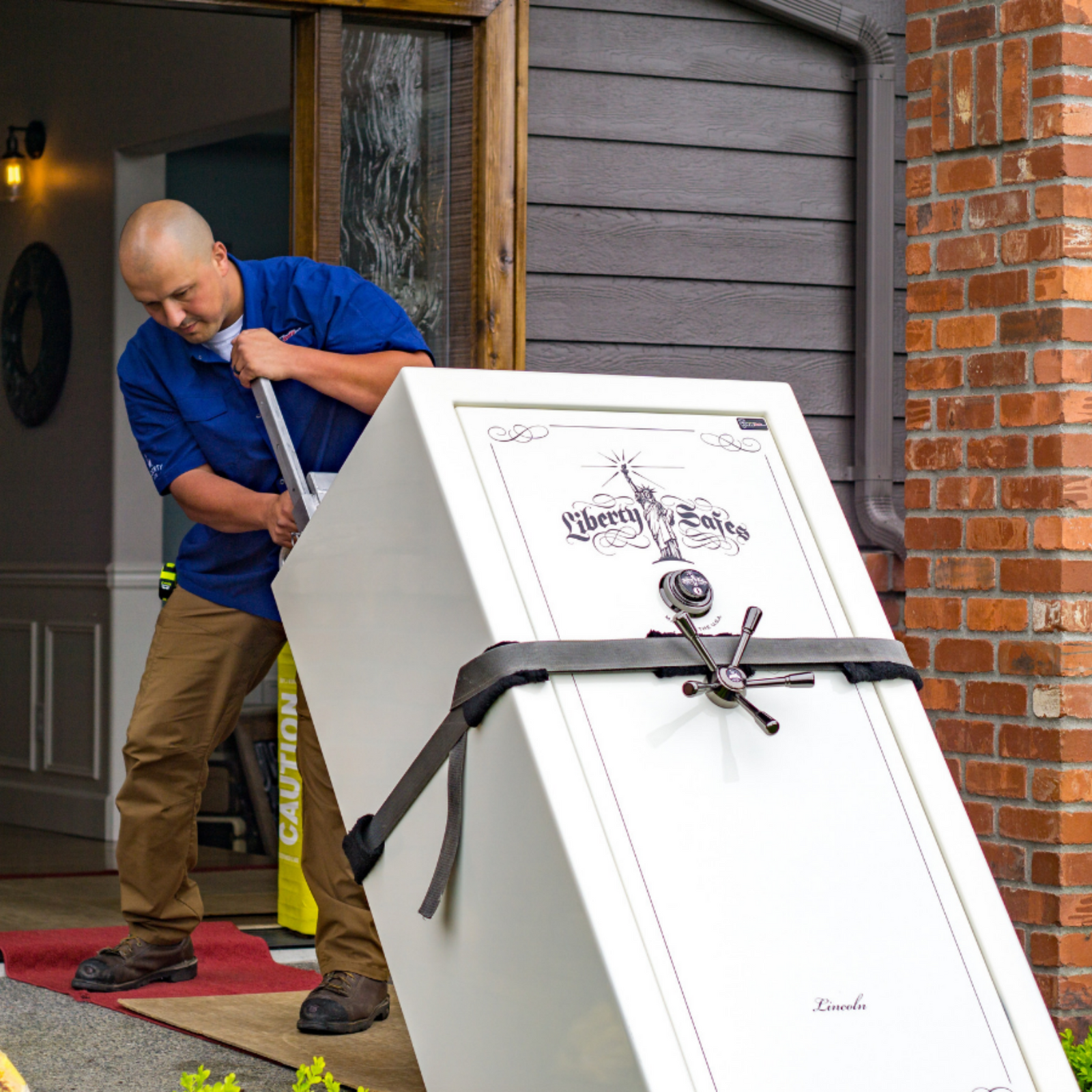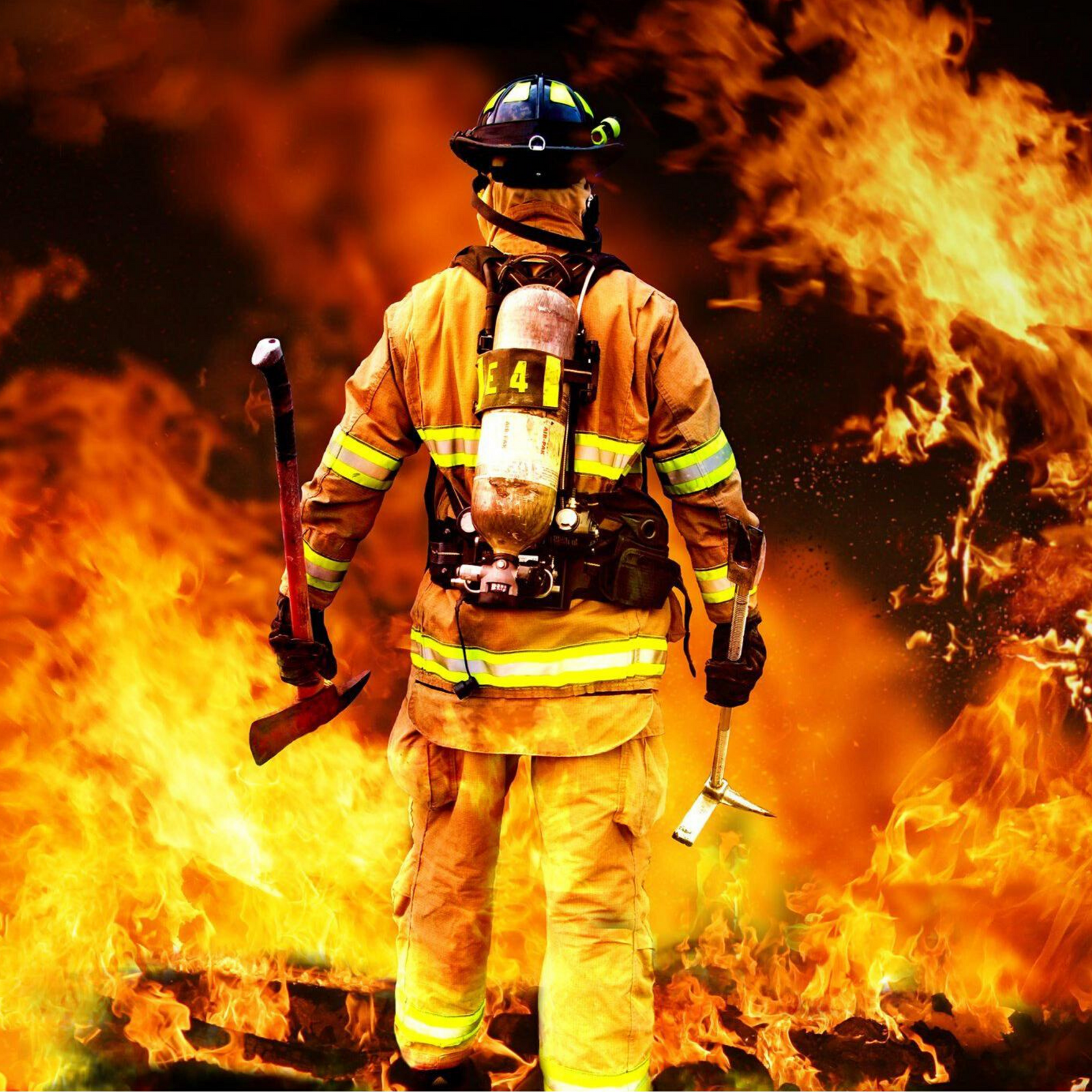What Feature Does a Security Level 6 Safe Have?
A Security Level 6 gun safe has an upgraded door that Level 5 safes don’t have. The door on the National Classic Select safe features a 3/8-inch solid steel door front with an added 60% inner steel 12-gauge door plate for added security plus 3 layers of fireboard. This gives the safe an extremely strong and dense 4" thickness to keep contents more secure.
Strong, 11-Gauge Steel Body
The body of a Security Level 6 safe is made from strong, 11-gauge steel. When coupled with Liberty’s uni-body construction, it becomes extremely strong. Thicker steel walls make it more difficult for burglars to drill, punch or pry open the safe. But it also increases the fire protection in addition to its 3 layers of built-in fireboard.
California DOJ-Approved and UL-Certified
Security Level 6 safes are both California DOJ-approved for gun storage and UL-Certified as an 8M10 Residential Security Container (RSC). This means the design, construction and materials used in building a Level 6 safe have been thoroughly tested to meet the requirements of both agencies.
The Monster Power of the DX-90 Monster Mech
What good is a strong steel door and body if the safe’s locking mechanism is sub-par? Not good at all. That is why Liberty uses a DX-90 Monster Mech locking mechanism equipped with an over-center, direct-drive cam mechanism. Monster Mech is a thief’s worst nightmare.
Military-Style Locking Bars Outperform Locking Pins
Traditional locking pins cannot withstand the abuse that Liberty’s 4-inch military-style locking bars can. The locking bars in our Security Level 6 safes are fabricated from 3/8-inch steel. Depending on the size chosen, the National Classic Select safe will have a total of 12 to 18 locking bars.
Ball-Bearing Hardplate Outwits the Bad Guys
Want to totally frustrate a burglar? Liberty’s safes with Security Levels 5 to 8 feature a ball-bearing hardplate that protects the safe’s locking mechanisms. This security feature makes it almost impossible to drill through the hardplate because once the drill bit hits a ball bearing, it will either continue to spin without being able to grab the metal or it will just snap.








